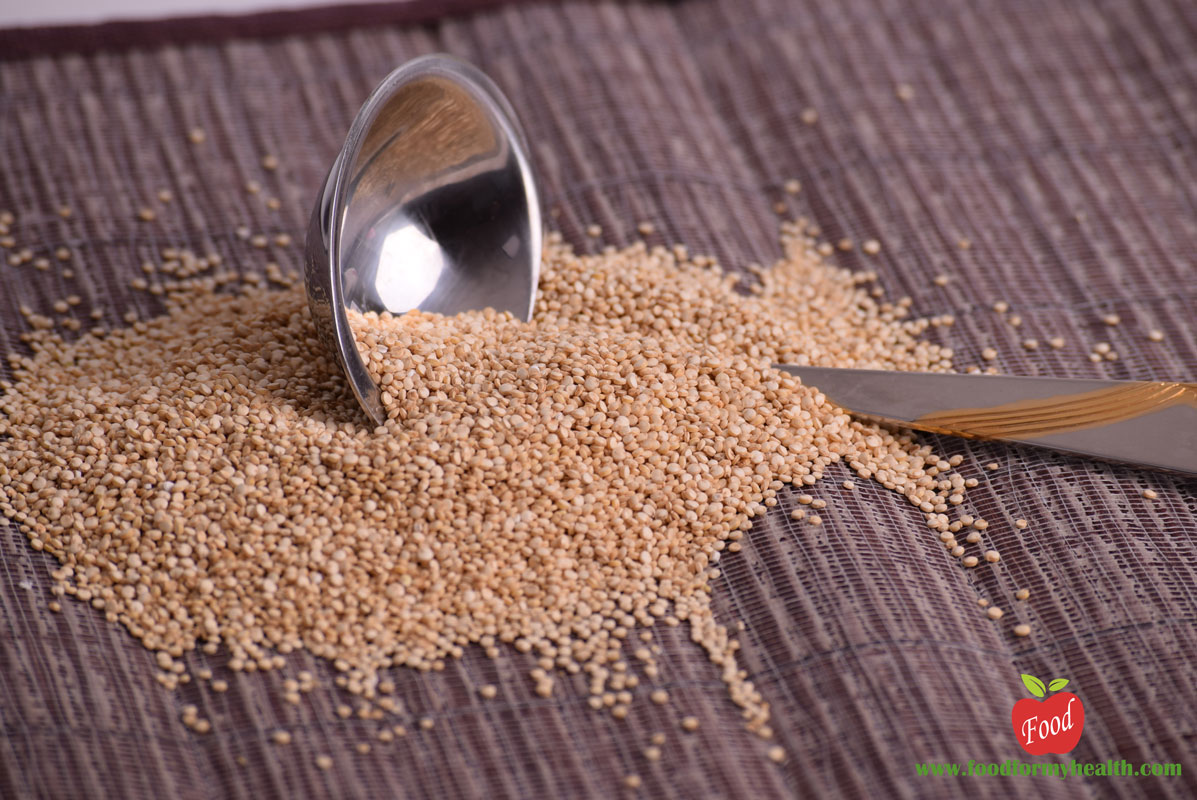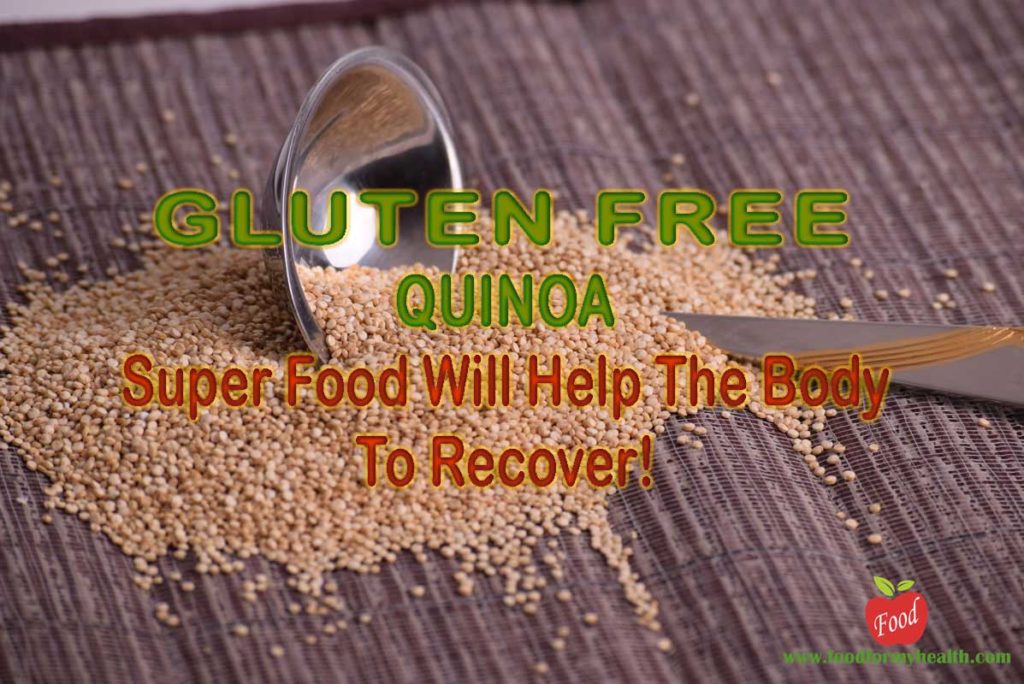Gluten free quinoa super food will help the body to recover
If you still are not sure what quinoa is, you are not alone, and most people think that the quinoa is a grain such as rice or wheat.
Believe it or not, although usually classified as grain quinoa is not.
- Quinoa is a so called pseudo-cereal because it is consumed, prepared and has the same nutritional value as grain, but in fact belongs to the family of grass.
- Quinoa belongs to the same species of plants like spinach, chard and beets.
- Quinoa originates from the Andes in South America and for thousands of years has been treated as a super food.
- Incas called quinoa the mother of all grains and was often used in their diet.
- Nutritional value of quinoa can be paired to any other cereal especially when it comes to minerals, fats and proteins.
- Grain quinoa can be white, red or black. Red quinoa is the best choice for salads, because during cooking it keeps its beautiful red color. Black quinoa is in contrast to the red and white with slightly sweeter taste.
- Quinoa includes all eight essential amino acids and therefore is considered the best plant source of protein.
- Quinoa is gluten-free, and is therefore recommended for people suffering from celiac disease.
- Quinoa is extremely foods rich in nutrients but also contains six grams of protein per cup, and it’s the only source of carbohydrates that contain all nine essential amino acids.
- Additionally, quinoa is rich in lysine, an amino acid responsible for muscle recovery after intense exercise. As if that was not enough, quinoa has a wide range of health benefits.
The health benefits of quinoa
Quinoa is packed with healthy vitamins and minerals including:
- Monounsaturated fats are good for heart health, such as oleic acid and omega 3 fatty acids.
- Antioxidant phyto-nutrients called flavonoids.
- Essential minerals including manganese, magnesium, iron, phosphorus, potassium, calcium, zinc, copper and selenium.
- Vitamins B1, B2, B3, B6, B9, E.
- Absorbent and non-absorbent fibers.

Reduces the risk of diabetes
The unusually high ratio between protein and carbohydrates at the plant explains its ability to regulate blood sugar. Quinoa is also a rich source of absorbent fibers that help control blood sugar and slows down the conversion of carbohydrates into glucose. Anti-inflammatory nutrients including phenol acids, vitamin E components and polysaccharides prevent undesirable processes associated with the risk of developing diabetes type 2 diabetes.
Lowers cholesterol
The high concentration of fiber may help lowering high cholesterol. Absorbent fibers mixed with bile acids are secreted in the blood which helps lowering the bad LDL cholesterol. Quinoa is a great substitute for animal proteins.
It controls blood pressure
Quinoa has the highest amount of potassium than any other cereal, and it is known that potassium maintains a healthy balance of sodium in the body which affects the reduction of high blood pressure.
It helps maintain a healthy body weight
Because the amount of fiber and protein that quinoa contains can give you a feeling of satiety and can help suppress appetite, while fiber helps digestion to remain at a high level.

